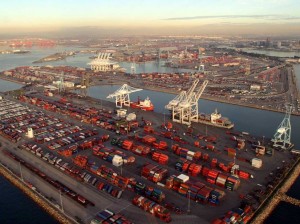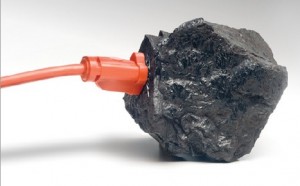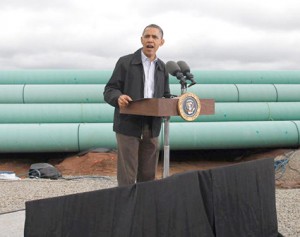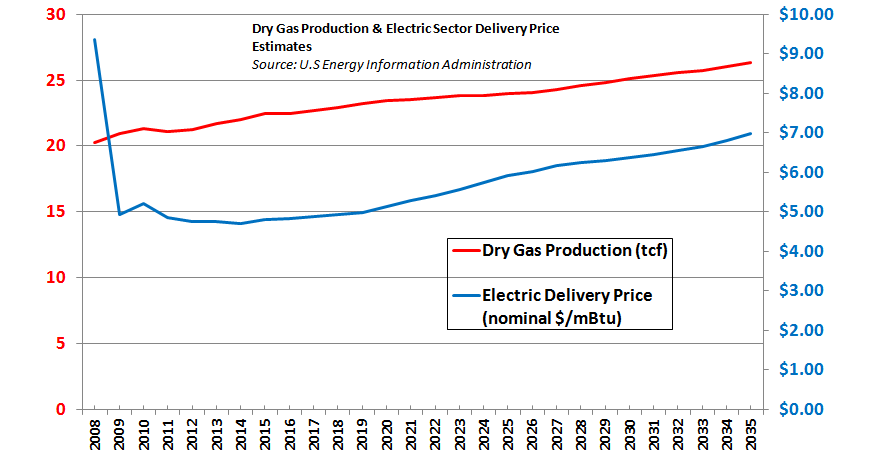24 item(s) were returned.
Professor of Physics
University of Califoria at Berkeley
Some oppose shale gas because it is a fossil fuel, a source of carbon dioxide. Some are concerned by accounts of the fresh water it needs, by flaming faucets, by leaked “fugitive methane”, by pollution of the ground with fracking fluid and by damaging earthquakes. Although I believe that global warming is real, caused by humans, and a threat to our future, these concerns about shale gas are either largely false or can be addressed by appropriate regulation such as the controversial but ultimately positive developments in Illinois. Shale gas can not only reduce greenhouse gas emissions, but also reduce a deadly pollution known… [more]
View InsightMember
U.S. House of Representatives
When we think of environmental policies that impact business, we don’t often think of increased profits. Too often the private sector is positioned at odds with efforts to address environmental issues through state and federal legislation. But alternatives to this false dichotomy exist and it’s important that we identify and act on these opportunities. As an example, let me point to the adjacent ports of Long Beach and Los Angeles, which together make up the busiest container port complex in the Western Hemisphere. Last year, the ports moved the equivalent of nearly 15 million 20-foot-long containers. The ports contribute well… [more]
View InsightThe U.S. Environmental Protection Agency (EPA) released draft rules on September 20th, to limit carbon emissions from new coal power plants. The proposed rules are part of President Obama’s broader Climate Action Plan aimed at combating climate change and improving public health, according to the EPA. Under the rules, new coal-fired power plants would be limited to 1,100 pounds of CO2 per megawatt-hour, or could opt to meet stricter average emissions limits that grant additional operational flexibility. The rules also would require new plants to implement partial carbon capture and storage (CCS) technology. Critics of the proposed rules argue that… [more]
View InsightLast week Governor Dave Heineman of Nebraska approved the Keystone XL pipeline along a revised route, “which avoids the environmentally-sensitive Sand Hills region of Nebraska.” The final decision now rests in the hands of President Obama, who last year rejected the previous route on grounds that construction of the pipeline and the possibility of a spill could contaminate the Ogallala Aquifer in the Sand Hills region. For many environmentalists and opponents of the Keystone XL project, however, this revised route doesn’t address the bigger climate argument: Due to the high level of greenhouse gasses emitted during production of oil from… [more]
View InsightDomestic natural gas production continues to expand, while natural gas spot prices are at historic lows. Many utilities are responding to these changing market dynamics by building gas plants or “fuel-switching” existing power plants from more expensive fuels to gas. As a result, coal generation continues to fall. Due in part to price competition with natural gas, some Congressional “clean energy” subsidies may not be renewed. EIA projections suggest that domestic production will continue to increase, and that natural gas prices faced by electric utilities will remain below $7.00/mBtu, through 2035. [Source: EIA] What does near- to mid-term domestic natural… [more]
View InsightEastern Utah may see tar sand production begin later this year. A private company, the Alberta-based U.S. Oil Sands, has invested $6 million since 2005 to test the oil sands at its 6,000-acre lease in eastern Utah and develop pilot projects on state land. They were granted preliminary permits to begin production in 2009, and have been raising capital and developing plans to begin production. “We would expect to hopefully to have this up and running by about September of next year,” said Cameron Todd, CEO of U.S. Oil Sands. The Bureau of Land Management estimates that the sands could… [more]
View InsightSenate Energy & Natural Resources Chairman Jeff Bingaman (D-NM) has introduced the Clean Energy Standard Act of 2012, which would require electric utilities to derive increasing percentages of their supply mix from low-CO2 sources. The bill would take effect in 2015, and would require that by 2035 84% of power from large utilities come from low-CO2 sources. Sources eligible under the legislation include: renewables, such as wind and solar, “qualified” renewable biomass and waste-to-energy, hydropower, natural gas, and nuclear. Facilities with CO2 capture and storage, and some combined heat and power facilities, are also eligible. The bill establishes a market-based… [more]
View InsightAs reported by the New York Times, Envia Systems, a California-based battery manufacturing company, announced yesterday what it calls a “major breakthrough” in battery technology that is “poised to revolutionize cost, range and safety in electric vehicles.” According to Envia’s press release, the breakthrough is a world record 400 Watt hour/kg lithium-ion battery, at a cost of $150 per kilowatt-hour, which is expected to “slash the price of a 300-mile range electric vehicle by cutting the cost of the battery pack by more than 50 percent.” Envia was awarded $4 million by DOE’s ARPA-E in 2009, and later received $7… [more]
View InsightPresident Obama sent his requested FY2013 budget to Congress Monday, and requested, among other energy-related items, significant increases to energy R&D, renewable energy investments, and energy efficiency programs. From the request: “In light of the tight discretionary spending caps, this increase in funding is significant and a testament to the importance of innovation and clean energy to the country’s economic future.” Among the energy-related budget requests: $27.2 billion to the Department of Energy, a 3.2% hike over FY2012 $5 billion for DOE’s Office of Science $2.3 billion for DOE’s Energy Efficiency and Renewable Energy office – a 29% increase –… [more]
View InsightAccording to data collected and reported by Bloomberg News, the “U.S. is the closest it has been in almost 20 years to achieving energy self-sufficiency”. In the first 10 months of 2011, 81% of U.S. energy demand was met by domestic sources, up from a record low of 70% in 2005. If the 2011 numbers are accurate, this would be the highest proportion of U.S. energy demand met by domestic sources since 1992. This upward trend in energy self-sufficiency is due in large part to increased oil and natural gas development, and low natural gas prices. “Domestic oil output is… [more]
View Insight



